Vintage & Classic car leather
Contents
Vintage cars & Classic cars
Vintage cars or classic cars are defined as being at least thirty years old, with their optics and technical equipment still meeting the standard of the time when they were manufactured. For the classic car category, operability and traffic safety are not relevant as it can be an exhibition car without being used on the road. Depending on national laws, historical vehicles are allowed to be used on public roads.
German license plate for historical vehicles, registration district Erlangen. Image: ThorstenS, Lizenz: GNU 1.2A.
The stock of classic cars in Europe
In 2013 there were about 419,000 registered and temporarily suspended vehicles with an age of more than 30 years (approx. 380,000 in 2011, approx. 300,000 in 2006). Approx. 70% of these are German brands, followed by British (about 8.5%), Italian (about 7%) and American (about 5%) (2014). Switzerland has roughly 60,000 classic cars. Per person, the number of vintage cars in Switzerland is twice as high as in Germany.
Classic car classes
A seven-class system is used internationally by automobile clubs to categorise the age of classic cars:
| Class | Designation | Construction year |
|---|---|---|
| A | Ancestor | till 1904 |
| B | Veteran / Edwardians / Imperial era | 1905 - 1918 |
| C | Vintage | 1919 - 1930 |
| D | Post Vintage | 1931 - 1945 |
| E | Post War | 1946 - 1960 |
| F | Economic growth | 1961 - 1970 |
| G | Young timer | 1971 - 1980, some also up to 1990 |
Young timers are generally 15 to 29 years old. From the 30th year it is a classic car. Young timers are not only vehicles used by tradition lovers, they are often vehicles in daily use.
Condition assessment
A rating of 1 to 6 is used to measure the condition of classic cars.
- A 1 corresponds to a vehicle which has been completely restored with great care and attention to detail. It is emphasized that the original parts (especially with regard to the engine and gearbox) are still installed. The lacquer colour and the colour of the interior equipment must be exactly the same as the original.
- A 2 may have slight traces of use on the pedals or in the paint and slight modifications are allowed on the motor, provided that these can be reversed theoretically. Rust spots are not permitted.
- Rust is tolerated on vehicles with a "3" rating, but not on the load-bearing parts. No original engine is required, but the engine must have the technical type and power comparable to the original conditions. The characteristic feature of vehicles with note 3 is the ability to drive, which vehicles with a 4 must not have.
- A 4 is a restoration object.
- Classic cars with a 5 are in worse condition, but can be restored with a lot of commitment, as long as spare parts from the manufacturer or via private channels are still available.
- The 6 stands for vehicles with scrap condition and scrap value.
Probably grade 1 because it looks like the original condition.
'Beautiful, but probably not the grade 1 for the interior, because the seats of the Mercedes 300SL Gullwing were originally mostly covered with fabric.
Classic car leather
Classic car leathers are old and have typical problems and damages of dirt, mould contamination, cracks, brittleness and dryness.
Barn finds: Time has destroyed the leather
Classic car leather with beautiful patina.
Classic car leather with new leather, but with attention to details.
Using leather for car upholstery was a natural transition from the old horse-drawn carriages, which had leather seats. Originally, the coverings were almost vegetable-tanned cow leather without surface colouring, which were waterproofed with oils and greases like horse saddles. Growing popularity and improved methods meant the use of surface-coloured smooth leather. This surface colouring made leather less sensitive to weather and soiling. Until the 1970s and 1980s this leather was standard. It is recognisable, as the vegetable-tanned leather has a brown undertone. The company Connolly, established itself as a trademark for high-quality vegetable tanned vehicle upholstery leather.
Vegetable-tanned car upholstery leather was only coloured on the top. Therefore, it shimmers brown in worn areas.
From this time on, chrome tanning became industrially usable and very quickly replaced vegetable-tanned leather. However, manufacturers like the VW group prefer synthetic tanning instead of chrome tanning. The difference is neither noticeable nor recognisable.
How to soften old, hardened car leather.
The patina of classic car leather
The opinions about patina have changed since the turn of the century. Where previously "as new" received the highest rating and perfect restoration could only be absolutely immaculate, patina is now admitted as a part of perfection. Today vehicles are allowed to show that they were used and how time has left traces. Like an old chest or a picture frame. For patina, there is no measuring instrument. Everyone decides for themselves what they consider to be patina and what they classify as a need for repairs.
Nice patina from leather that has aged gracefully with patina on the left, new leather on the right, but it looks sterile in an old vehicle.
New upholstery, wonderful upholstery work, but without the charm of a patina that has developed with dignity.
In 2014 two 300 SL were offered at an auction in the United States. One with class 4 and patina and the other one with perfectly restored conditions. The perfect restoration achieved US$1.4 million and the class 4 with patina US$1.9 million.
Popular classic vehicles from Mercedes.
The patination of classic car leather in the leather workshop.
Classic car shows
Classic car shows are held in a lot of countries. There are high price events and "greasy finger fairs" like flea markets. The biggest fair in Europe happens in April in Essen with about 120 thousand visitors. Stuttgart follows with 60 thousand visitors. Classic car fairs also take place abroad. Switzerland, Austria, Italy (Padua), France (Paris), Spain (Barcelona and Madrid) or England offer variety for lovers of these historic vehicles.
GOODWOOD REVIVAL, Goodwood, England.
Techno-Classica in Essen, Germany.
Retro Mobil in Paris, France.
Classic Auto in Madrid, Spain.
Auto Clássico in Porto, Portugal.
Classic Motorshow in Bremen, Germany.
RETRO Classics in Stuttgart, Germany.
Technorma in Ulm, Germany.
Care and repair of classic car leather - Instructions and notes
![]() -> COLOURLOCK - CLEANING, REPAIR AND CARE OF CAR LEATHER
-> COLOURLOCK - CLEANING, REPAIR AND CARE OF CAR LEATHER
![]() -> In German: www.lederzentrum.de
-> In German: www.lederzentrum.de
![]() -> Rest of the world: partners worldwide
-> Rest of the world: partners worldwide
The desire of a classic car owner is a uniform colour of the interior. Sometimes the leather colour has to be adjusted.
Additional information







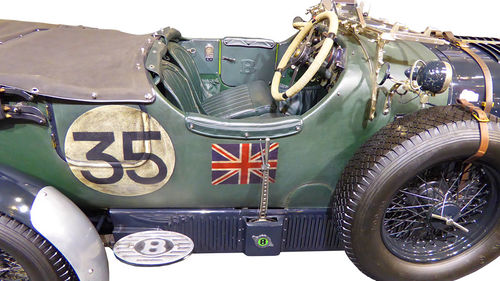
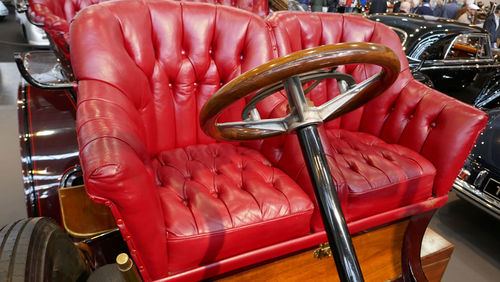

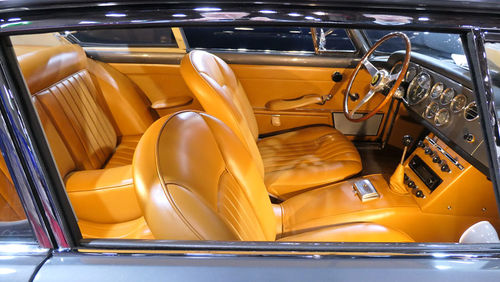
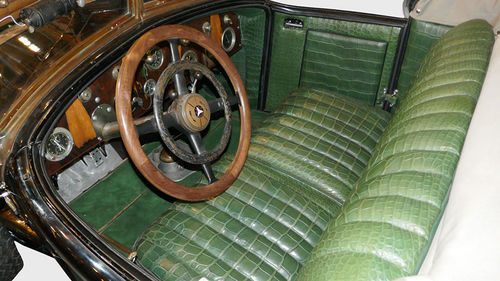
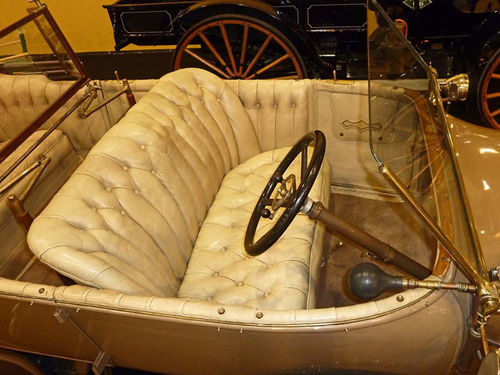
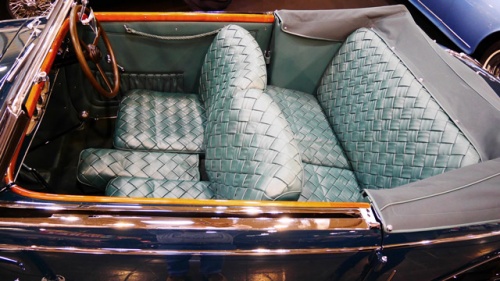
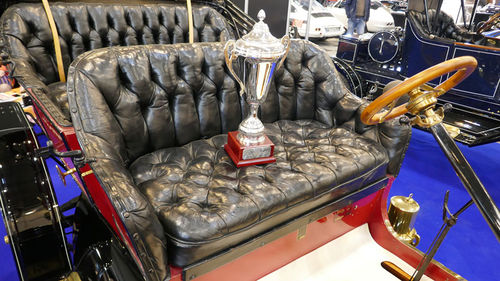
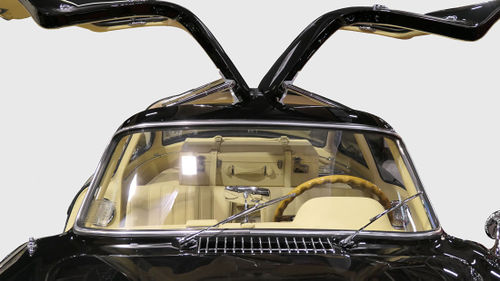
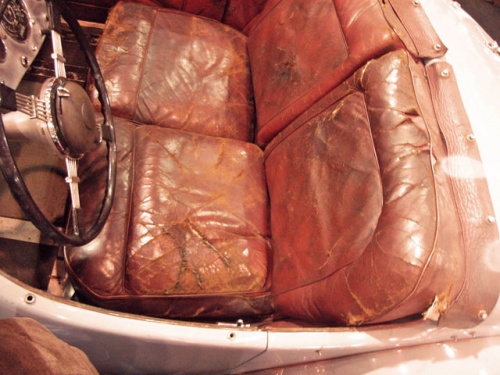
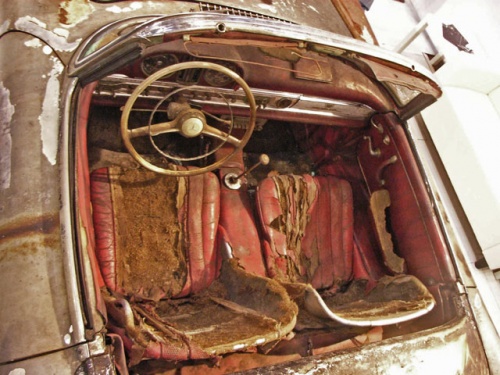
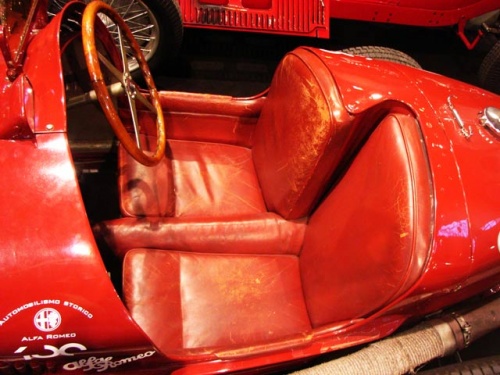
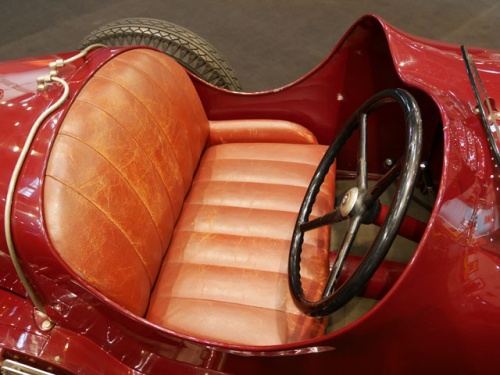
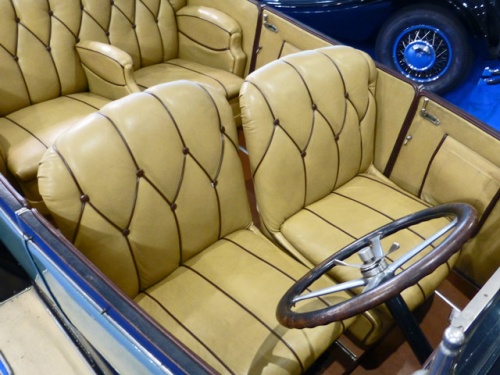
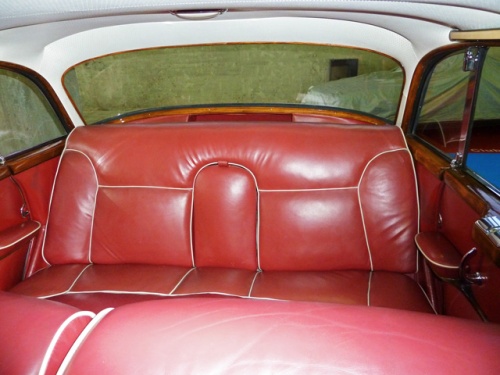
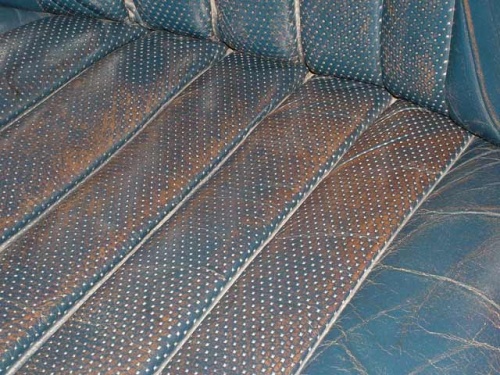
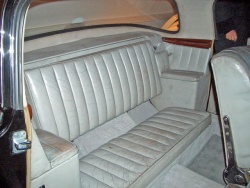
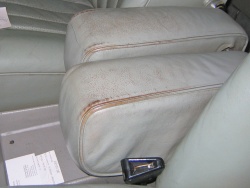

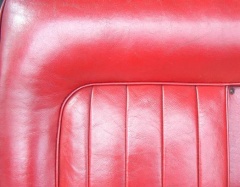
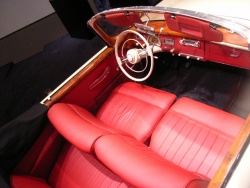
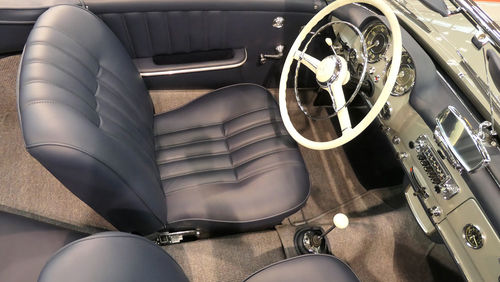
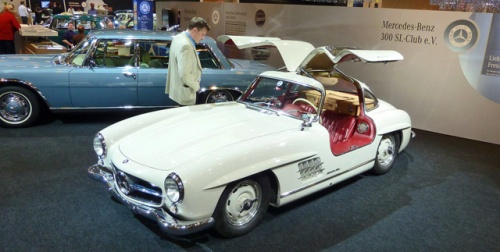
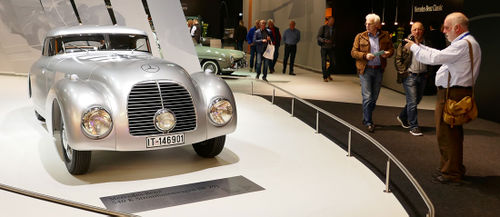

 a kotori web solution
a kotori web solution